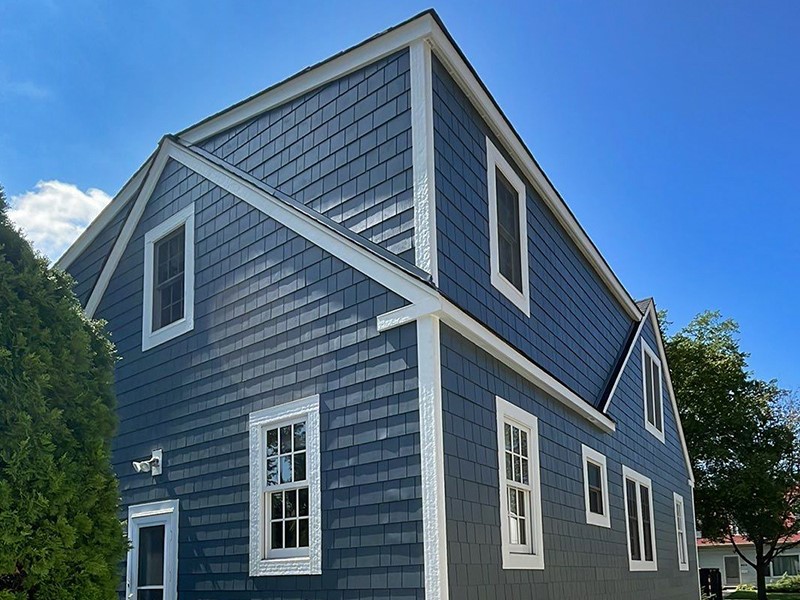
When replacing the siding on your home, choosing the suitable material is crucial for durability, aesthetics, and overall value. One of the most popular options today is James Hardie siding, often called Hardie Board. Known for its durability and curb appeal, this fiber cement siding offers a balance of functionality and design that homeowners love. However, like any home improvement material, it has advantages and disadvantages. In this article, we'll explore the pros and cons of James Hardie siding to help you decide if it's the right fit for your home.
What is James Hardie Siding?
James Hardie siding is made from a combination of cement, sand, and cellulose fibers, creating a highly durable and weather-resistant material. It has been a popular choice for decades and is often considered a premium product in the siding market. The material is designed to withstand various weather conditions, making it an excellent option for homeowners in diverse climates.
Pros of James Hardie Siding
1. Durability
One of the most significant selling points of James Hardie siding is its durability. Unlike wood, which can rot, warp, or attract termites, fiber cement siding is impervious to most common issues that plague other materials. It's also resistant to fire, which provides added peace of mind for homeowners, especially those living in areas prone to wildfires.
2. Weather Resistance
James Hardie siding is engineered to withstand extreme weather conditions, including high winds, heavy rain, and snow. It won't crack or swell due to moisture, making it ideal for regions with fluctuating weather patterns.
3. Low Maintenance
Although it mimics the look of wood, James Hardie siding requires a different level of upkeep. It doesn't need to be repainted as often as wood or vinyl and is less likely to show signs of wear and tear. A simple washing with a hose every year or so is usually enough to keep it looking fresh.
4. Aesthetic Appeal
James Hardie siding comes in various colors and textures, allowing homeowners to achieve the desired look without sacrificing durability. Whether you prefer a sleek, modern style or a more traditional, wood-like appearance, there's an option to suit every taste.
5. Energy Efficiency
The thick material can help insulate your home, which may lower your energy bills. Paired with proper insulation, James Hardie siding can create a more energy-efficient home by keeping it cooler in summer and warmer in winter.
Cons of James Hardie Siding
1. Higher Cost
One of the main drawbacks of James Hardie siding is the price. Upfront, it tends to be more expensive than upfront vinyl or wood siding. While the long-term benefits, like durability and low maintenance, can offset the initial cost, it may not be the best choice for homeowners on a tight budget.
2. Complex Installation
Fiber cement siding is heavier than other materials, making installation more complex and time-consuming. Hiring experienced contractors, like us, ensures a proper installation.
3. Potential for Cracking
While James Hardie siding is very durable, it can crack under extreme impact. If hit by a hard object, like a baseball or hail, there's a chance that the material could break or chip, though this is less likely than with other materials.
4. Requires Professional Painting
Though it holds paint longer than wood, James Hardie siding will eventually need to be repainted, typically every 15 years. The material requires professional-grade paint to adhere correctly, which can be an added expense.
James Hardie siding is a top-tier option for homeowners looking to replace their siding. Its durability, weather resistance, and low maintenance make it an excellent long-term investment, especially for those living in regions with harsh climates. While it comes at a higher cost and requires skilled installation, many homeowners find that the benefits far outweigh the drawbacks. If you're looking for a siding material that combines beauty with resilience, James Hardie siding might be the perfect fit for your home.
Tags
Subscribe to Pro Home 1's Blog





Comments